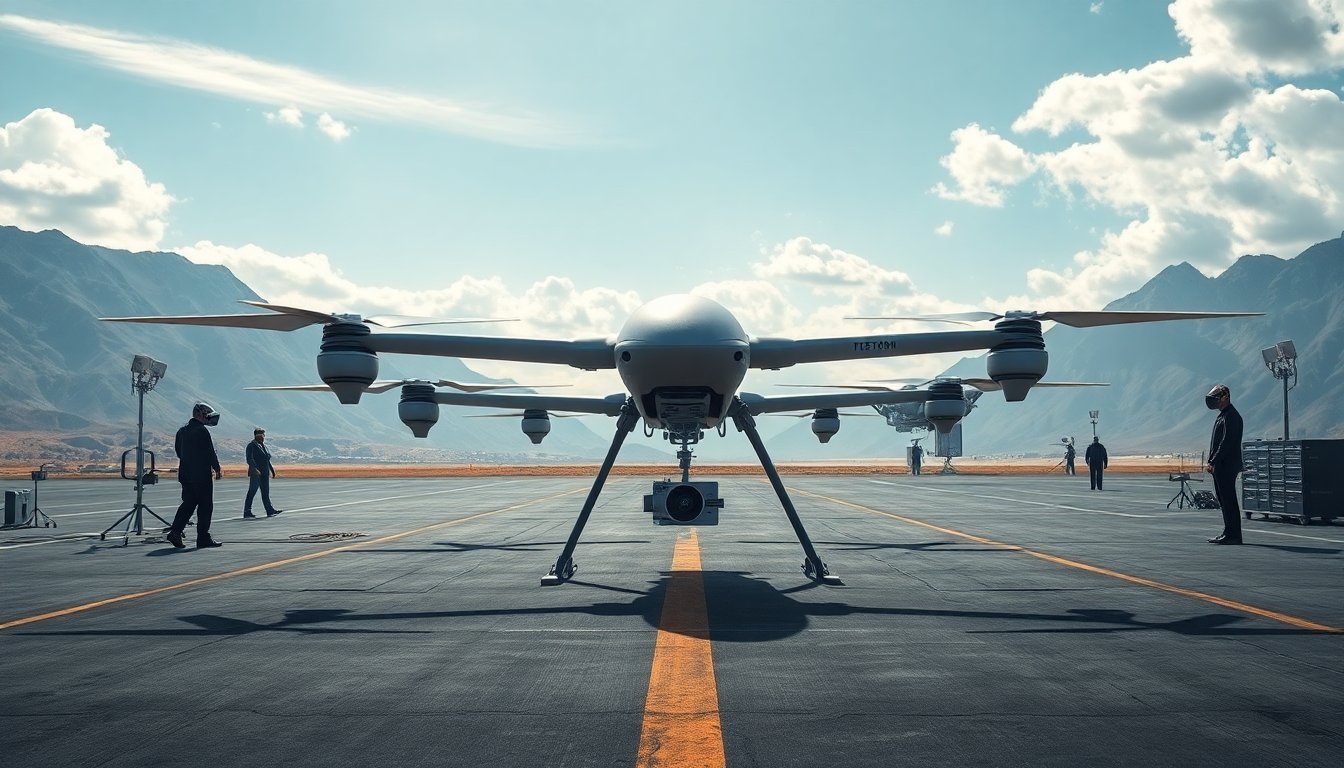Table of Contents
The integration of artificial intelligence in the defense industry has generated significant interest, particularly regarding its potential to enhance operational efficiency and product quality. An article featured in the state-run magazine Modern Weaponry, published by the China North Industries Group, commonly known as Norinco, highlights this transformative technology. However, the publication also emphasizes the necessity of a cautious approach when implementing such advanced systems.
AI’s self-learning capabilities are expected to revolutionize the development of weapons and military equipment, primarily serving as an advisory tool. By providing insightful recommendations, AI can markedly improve design and production processes within the defense sector. Nevertheless, the challenges and risks associated with adopting this technology require careful consideration.
The advantages of artificial intelligence in defense
Insights from the Modern Weaponry article suggest that AI can optimize design and simulation tools through the analysis of historical data. By refining design algorithms, this technology aims to enhance the accuracy and efficiency of military systems. For example, traditional systems such as artillery production can be significantly upgraded by integrating AI.
Enhancing artillery systems
AI’s potential in artillery enhancements lies in its ability to analyze past trajectory data while assimilating real-time sensor information. This dual capability enables the formulation of more precise firing tables for artillery units. Consequently, it can make necessary adjustments to crucial factors influencing projectile accuracy. The implication is clear: AI has the potential to transform conventional weapon systems into more precise and efficient instruments of warfare.
Challenges and considerations
Despite the promising advancements, the article in Modern Weaponry warns against unrestrained adoption of AI technologies. It argues that the earlier a weapon system was developed and the lower its degree of automation, the greater the performance improvements that AI can offer. However, this also suggests that systems with more advanced automation may experience limited enhancements.
Addressing the risks of AI integration
The deployment of AI in military contexts raises several concerns. The potential for unintended consequences, such as errors in judgment or misinterpretation of data, can pose significant risks. Therefore, while the benefits of integrating AI into defense technologies are evident, the associated challenges cannot be overlooked. A comprehensive approach is essential to mitigate these risks while leveraging the strengths of AI.
The insights shared in the publication by Norinco underscore the dual nature of this technology: it can serve as a powerful tool for enhancing military efficiency and accuracy, while also requiring careful management to avoid potential pitfalls. As the industry progresses, a balanced perspective will be crucial to fully harness the advantages of AI while safeguarding against its inherent risks.


